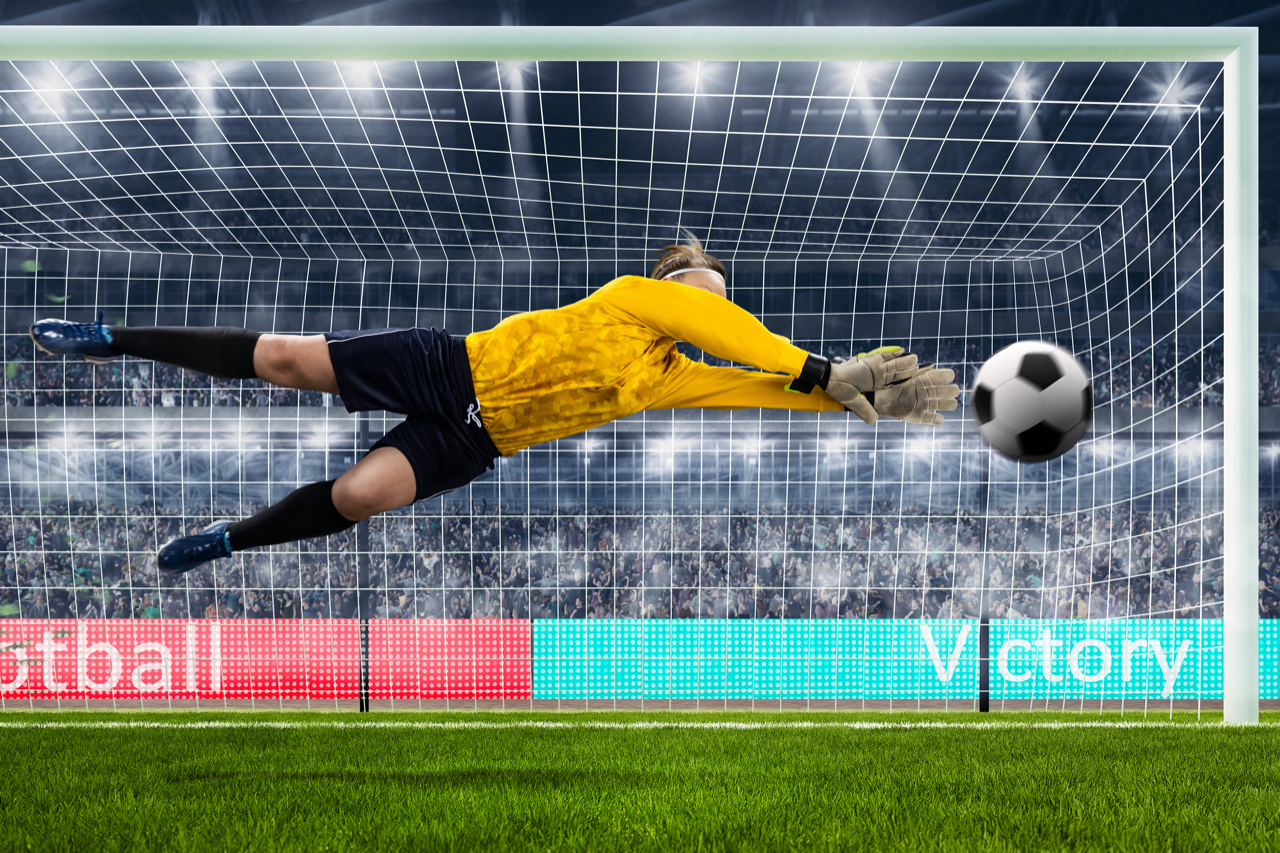What Have Sports Broadcasters Learned Over the Past Year?
It’s time to develop a recovery plan

The pandemic has had a huge impact on all aspects of life, shifted the global economy and caused fundamental changes in the way that many industries operate. Facing billions in lost revenue has meant that all sectors within the sports industry urgently need to assess budgets and implement long-term changes. However, the pandemic has also taught us valuable lessons, so how can sports broadcasters develop a recovery plan which takes these into account?

The Broadcasting Shift
The last 12 months have seen seismic changes within the broadcasting sector, and content consumption has altered significantly. Many providers had already seen a huge uptick in subscriptions to OTT services prior to Covid, but restrictions on daily life have accelerated demand. Reports indicate that users are signing up to multiple services beyond the big three.
This opens up a more diverse OTT landscape, with plenty of content opportunities. But despite the potential for growth, not all broadcasters and media organizations have had the same experience of the pandemic. Some have been better placed than others to adapt gradually, by continuing to work on projects which were already in the pipeline or make use of re-run content. With this buffer in place, companies could plan business continuity measures to manage the lack of production.
Those relying on live sports saw schedules cleared overnight and have had to pivot extremely quickly. Many sports organizations have turned to their archives to develop content, and fans starved of sporting action have embraced a wide variety of formats, including athlete and team generated content. It seems likely that the consumers who adopted new viewing behaviors and explored alternative ways to engage with sport during lockdowns, will have different expectations of content post-Covid.
Diversifying Sports Content Offerings
During the initial outbreak, many consumers were offered a subscription holiday from services. This allowed them to keep their account active and watch past clips and classic matches without paying subscription fees. In the first instance, providers urgently needed to maintain loyalty and avoid customer churn, but over time it became clear that there were new opportunities for these secondary formats.
Necessity is the mother of invention, and the pandemic has demonstrated that sports broadcasters can develop a host of creative programming in the absence of live games. Content providers have explored documentary formats, player highlight reels and compilations of historical footage, as well as in-depth match analysis to offer fans their sporting fix.
This in-turn has led to audience’s consuming sports content differently, delving into player stats and reflecting on the legacy of their favorite teams. Sports organizations have been reminded of the importance of extracting valuable footage from their archives. Many editing teams are now leveraging AI search functionality within asset libraries to collate and/or repurpose specific themed clips.
With the appetite for supplementary content is clear, broadcasters must continue to utilize their archives and experiment with reusing old assets in new ways. OTT platforms can provide a home for this wealth of additional content as its role continues to evolve post-Covid.
Implementing New Technologies
It’s not only archive content and supplementary formats which broadcasters must continue to leverage. After a lack of real-world experiences during the pandemic, fans want to watch sports in an immersive way, with increasing value being placed on interactivity and novelty. By keeping audiences engaged, technologies such as Augmented Reality (AR) and Virtual Reality (VR) can help providers manage the risk of post pandemic churn.
Sports fans will be eager to return to stadiums after this hiatus and looking to recapture some of the time they’ve lost by watching their favorite teams in-person. But the demand for premium seats will be higher than ever. VR integrations can offer subscribers a chance to feel part of the action while sitting on their couch. This will also allow providers to carve out new experience-based content packages, adding additional value to OTT offerings.
Sports content naturally lends itself to the exploration of statistics and background information while viewing the main event. With many sports fans using a digital device to look up related information on their favorite player or team while watching the game. The more feature-rich OTT sports services have included stats and team details as part of the on-screen action for a while. AR takes this to the next level, with interactive elements to engage the viewer and graphic overlays bringing statistics to life in real-time.
Maximizing Social Engagement
Now that matches have returned, the sports industry is dealing with stacked schedules and conflicting games between all four major U.S. sporting leagues. The backlog of live content means that fixtures are overlapping and in the uncertainty of the current climate, shifts in the schedule are a frequent occurrence.
This isn’t the only time that audiences have struggled to know what to watch. With so much sports content available to them, fans are often torn between different leagues or simply don’t have the time to catch up. That’s why short format content is becoming increasingly valuable and should be a key part of the broadcasting strategy.
Bite-sized content appeals to newer generations of sports viewers, with shorter attention spans and more of a focus on mobile platforms. It allows providers to engage with fans at multiple moments throughout the day and maximize shareability across social media. Viewers are keen to discuss sports with friends and engage in social watching, so broadcasters need to facilitate these conversations around content, by moving clips into a messaging forum.
After a year of upheaval, the sport sector has started seeing light at the end of the tunnel. The cancellation of matches and subsequent overlapping schedules has left many broadcasters struggling to plan ahead, until now. But even with a solution to the problem at hand, it seems unlikely we will return to operating with a business-as-usual mindset.
Throughout the pandemic we have seen how individuals can make significant changes to their behavior to create a collective impact. Now broadcasters need to take these behavioral trends into account, adapt accordingly and thereby ensure that they have new content strategies in place for the consumer habits that will shape the post-Covid future.
Luke Gaydon is head of Business Development Sports at Accedo.
Get the TV Tech Newsletter
The professional video industry's #1 source for news, trends and product and tech information. Sign up below.
Luke Gaydon is head of Business Development Sports at Accedo.
